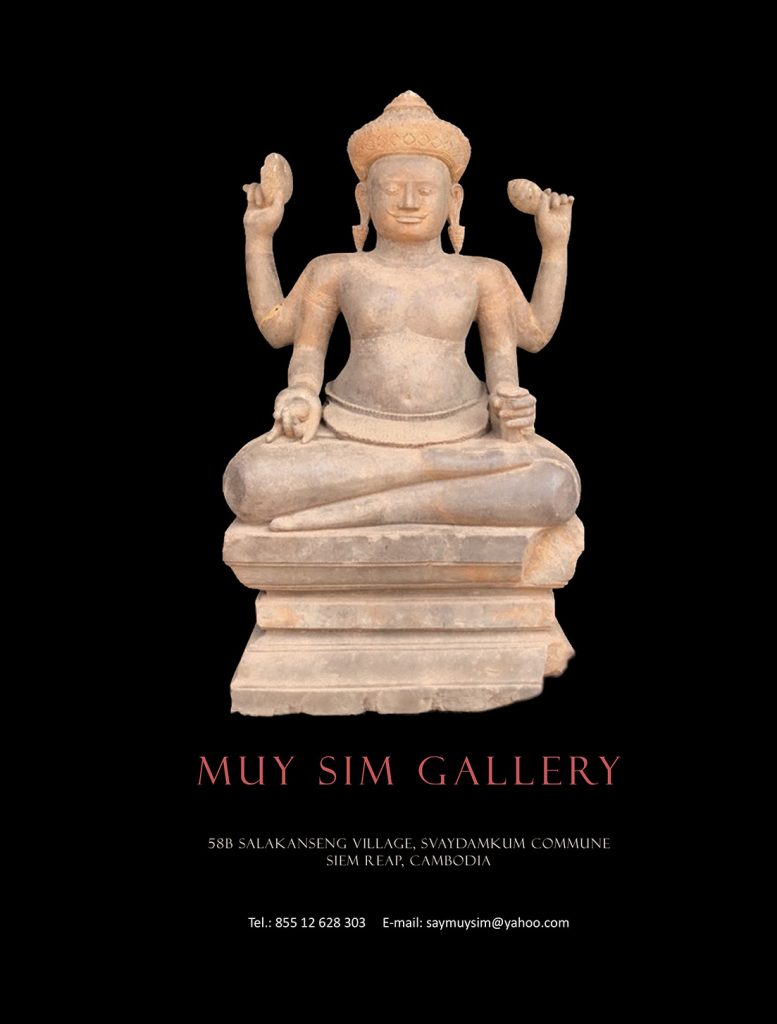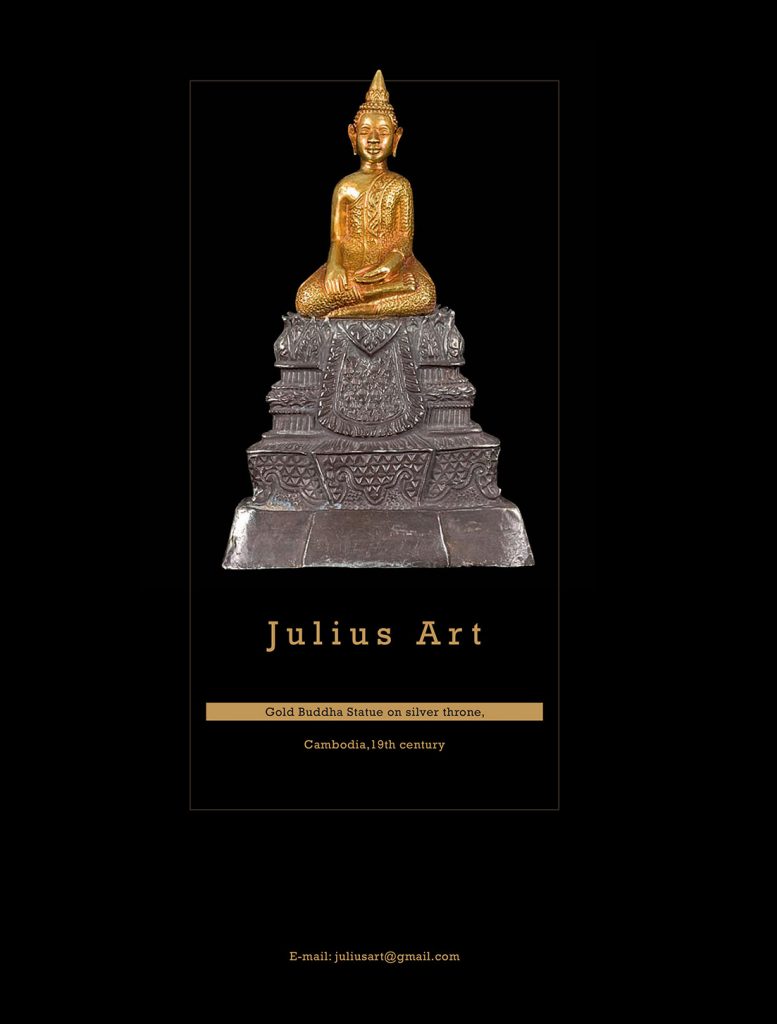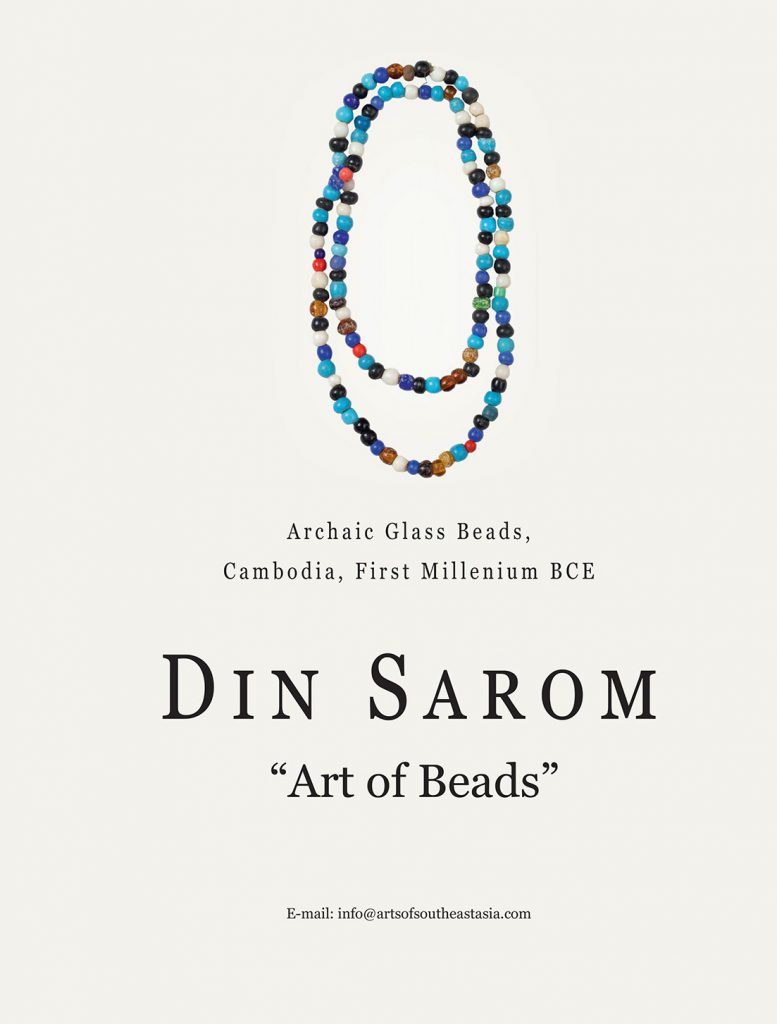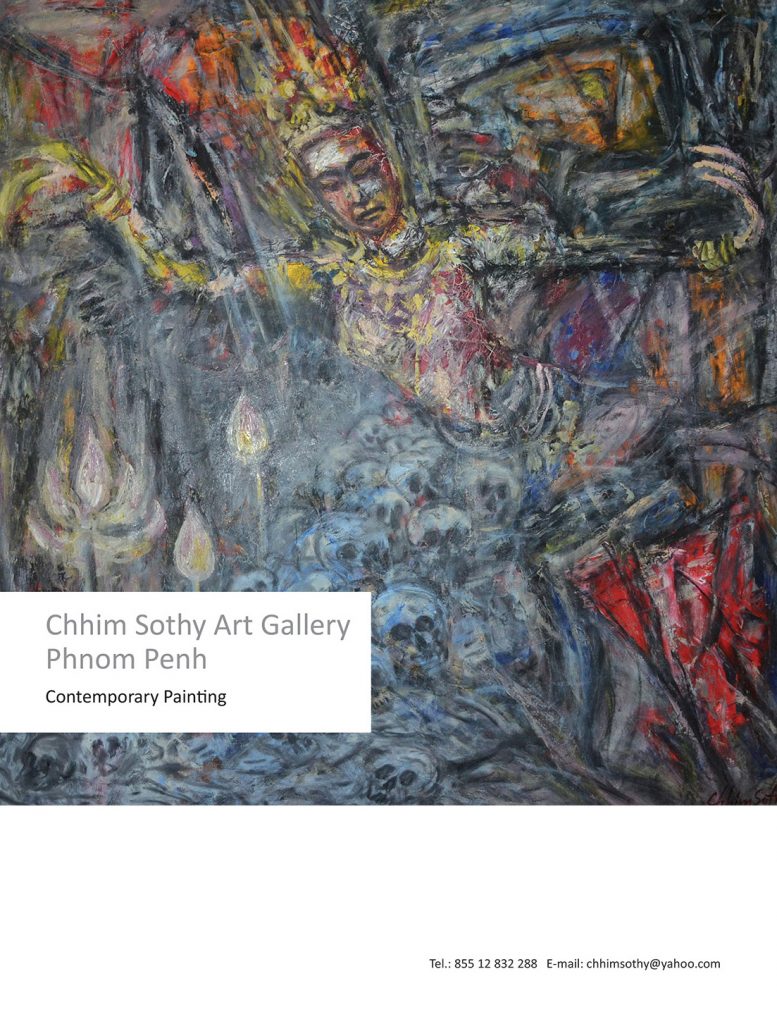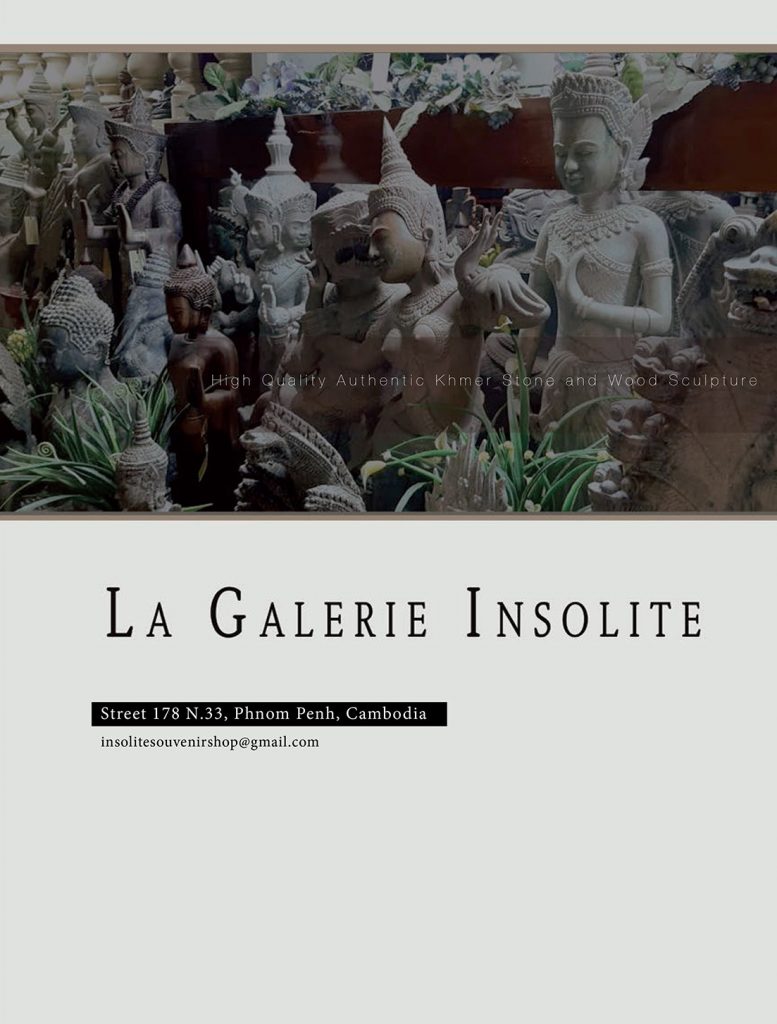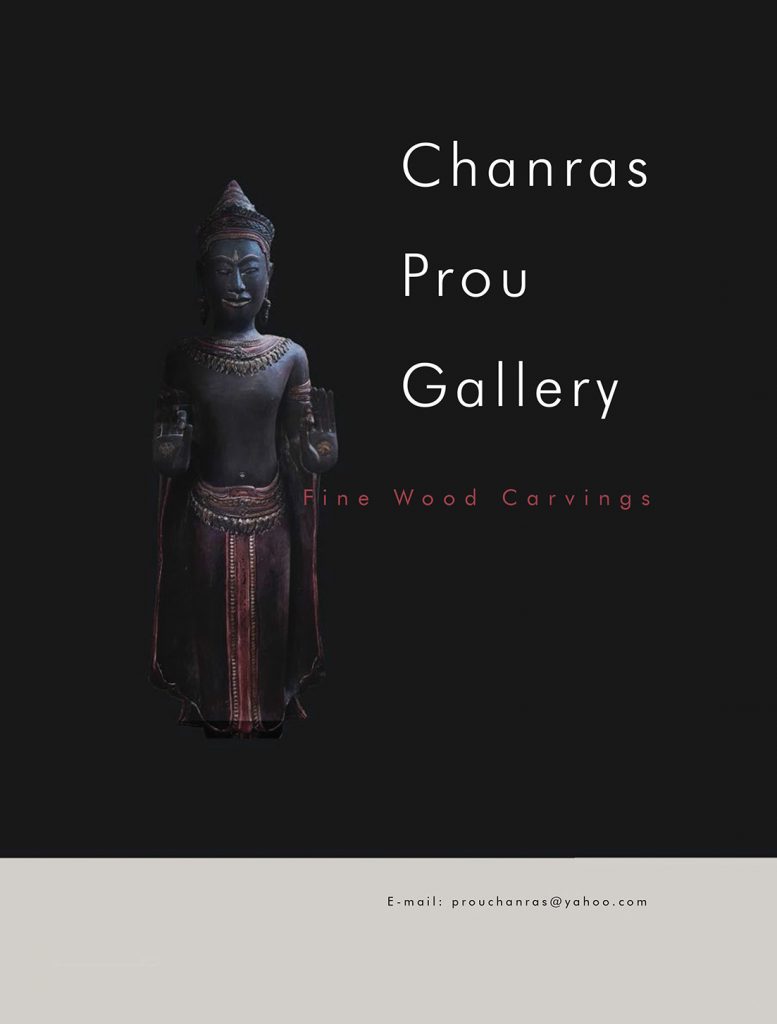The International Magazine of Arts and Antiques of Southeast Asia
Volume 2, Issue 1, January-February 2021.
Contents
Editorial

Recently published studies and albums have shown how the cultural influences of India and Tibet have affected local beliefs and religions, including animistic rituals and the development of relics that have evolved over some three thousand years into the present day, and incorporate talismans and a cult of amulets that has spread across Asia.
In an excellent study by the Hungarian gemmologist, Dr. József Takács, you can acquaint yourself with the various types of Burmese gemstone and the techniques and tools that have been used in gem-cutting and processing in Burma for thousands of years.
The Journey
from Prehistory to the Pyu States in Myanmar
by Terence Tan
The transition period in which the Bronze Age shifted to the Iron Age is most commonly referred to in Archaeology as the Bronze-Iron Transition Age (900 BC to 200 AD). In the later part of the Bronze Age, people travelled further, explored new regions, and made new discoveries. It is a common belief among historians that travellers and traders from Greece, Rome, Mesopotamia, Asia Minor, Central Asia, India,
China and East Asia travelled to the Southeast Asian countries via land and sea routes. At that time, people in what is today’s Myanmar were still in the Bronze Age.
X-ray Testing
Results for the Burmese Gold Beads
by Judith Horváth
Precise measuring method for gold based jewellery alloys
ABSTRACT
In most countries around the world, the quality of objects made from precious metals has always been regulated by law and regulation since time immemorial. Analytical precision and the speed of analysis are both very important. Currently, there are several methods we know of to determine gold, but it is difficult to achieve precision without simultaneous destruction because the prescribed level of accuracy is very strict. When testing gold jewellery alloys we selected the X-ray testing method. We have tested every piece presented in this book and we have issued official certificates for each measurement. The results are summarised in a table below.
Antropomorphic Gemstone
Talismans and Amulets
by Dr. István Zelnik
Anthropomorphic and half human half animal amulets, talismans and beads constitute a rare and special group of Burmese gemstone devotional objects. As far as we know, a few anthropomorphic amulets have turned up at the archaeological excavations of the Samon Valley and Pyu cultures, too.
In Early Landscapes of Myanmar, Elisabeth H. Moore published a photograph of just such an anthropomorphic bead, an object that is today in the collection of Win Maung in Burma, and which originates from Tatkon. 1 Reports of two similar amulets, from the so-called Srimathyakul Thai collection have been published in Australia.




